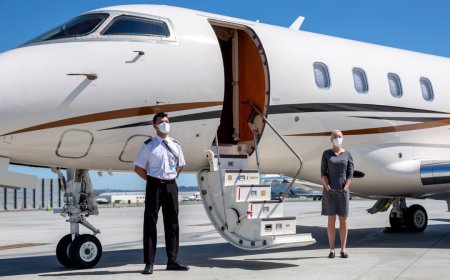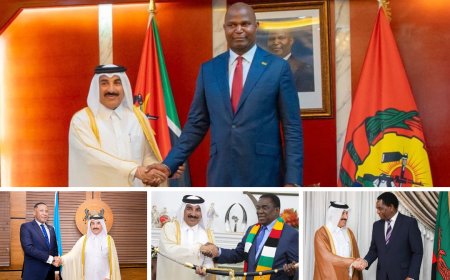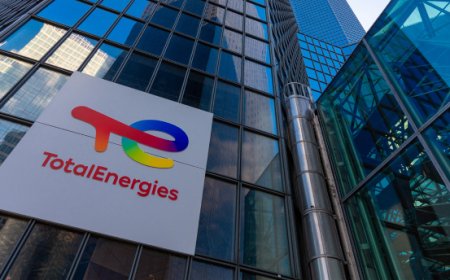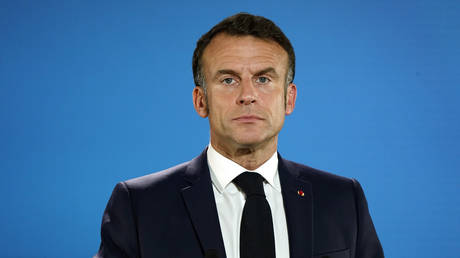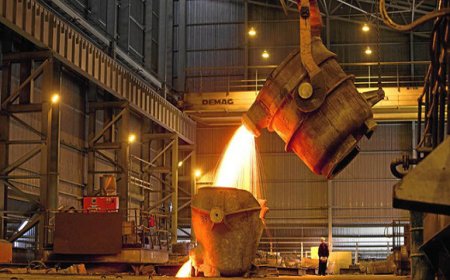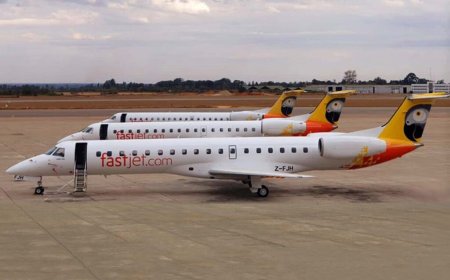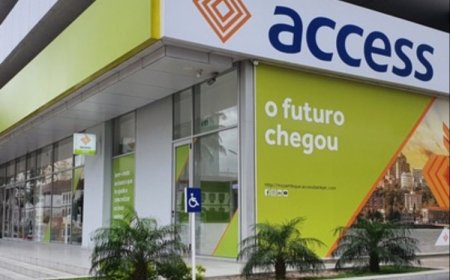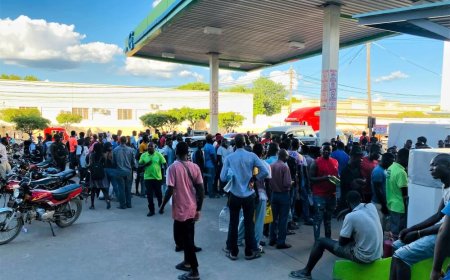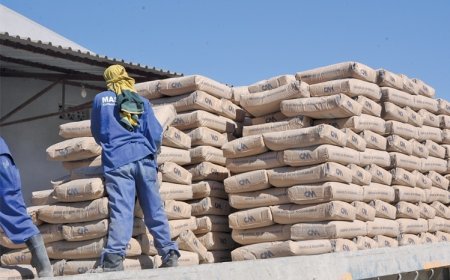Flight Grounding at LAM: Battle of Statements Between Petromoc and FMA Leaves Truth Unclear
The issue of fuel supply for Mozambique Airlines (LAM) flights has sparked a public dispute between the state-owned Petromoc and Flay Modern Ark (FMA), a South African company hired by the Government to revitalize LAM, over who is responsible for the airline's flight suspensions on February 10 and 11.
A total of five LAM flights were postponed due to a lack of fuel, allegedly because the two companies supplying fuel to the airline, Petromoc and Puma Energy, halted deliveries due to a debt exceeding 600 million meticais.
On Monday, February 12, FMA claimed that the lack of refueling was not due to the debt per se but to the suppliers' incapacity, despite acknowledging an outstanding debt with Petromoc since last December.
The question arises: Is it possible that both companies simultaneously lacked the capacity to refuel LAM's planes?
Seeking clarification, Torre.news learned that FMA's version is contradicted by Petromoc. In a statement released today, Petromoc stated, "On February 10 and 11, there was no shortage of fuel at the Mavalane air-fueling station or any other station operated by us in the country," refusing to comment on the debt controversy, citing that commercial matters are addressed in appropriate forums with clients.
Puma Energy, managed by Danilo Correia, brother of the Minister of Agriculture and Rural Development, Celso Correia, has not shown interest in commenting on the matter and neither confirms nor denies the existence of the debt.
Another issue related to fuel in LAM is the alleged over-refueling of aircraft beyond their capacity, as documented.
According to FMA's management, this represents a significant anomaly already identified. If an aircraft's maximum fuel capacity is around 80,000 liters (or 80 tons), documentation shows the same aircraft being refueled with 95 tons.
"The question is, where are the remaining 15 tons going?" questions the management of the company contracted to rescue LAM from financial distress.
This situation prompts reflection on who benefits from the payment for the 15 tons that are not refueled into the aircraft due to capacity limitations and how long this practice has been occurring.

